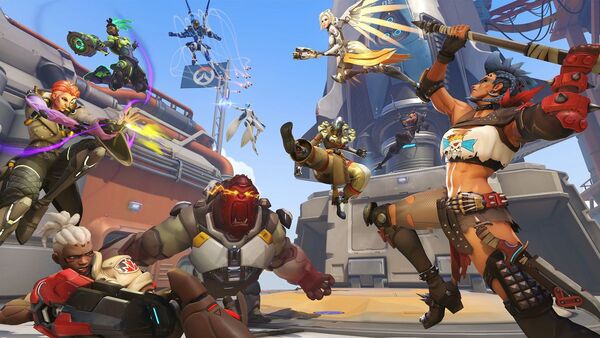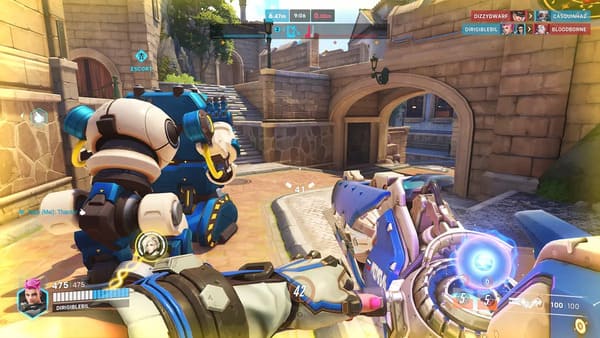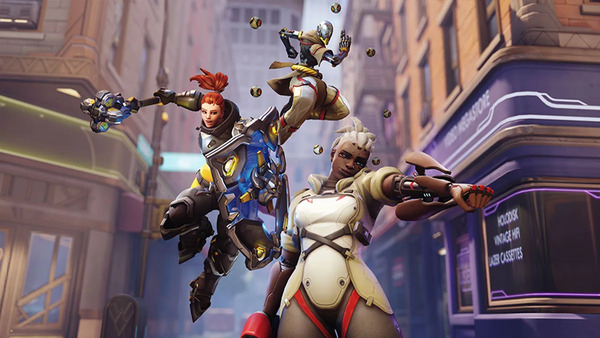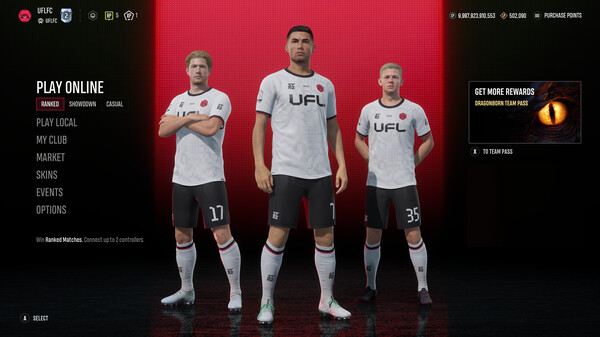Advertisement
Popular Now
Introduction
Overwatch 2’s matchmaking system has been a source of frustration for many players. Despite improvements, issues like skill imbalances, long queues, toxicity, and smurfing persist, making the competitive experience less enjoyable. This article examines the causes and impacts of these problems and how Blizzard is addressing them.
1. The Origins of Matchmaking Problems
Overwatch 2 launched with excitement, but quickly revealed flaws in its matchmaking system. Players faced skill imbalances and long wait times, especially in certain regions.2. Competitive Mode and Ranked Tiers
The competitive mode struggled with inconsistent match quality, as players found themselves matched with teammates of vastly different skill levels, undermining the experience.3. Roll Queue and Role Imbalances
The "roll queue" system, which locks players into specific roles, led to imbalanced team compositions and long wait times, particularly for less popular roles.
4. Skill Disparity Issues
The MMR system often fails to accurately match players of similar skill, leading to unfair matches and inconsistent rankings, frustrating players.5. Toxicity and Smurfing
Toxic players and smurfing (high-level players intentionally playing in lower ranks) have negatively impacted matchmaking, creating unbalanced and frustrating games.6. Matchmaking Algorithm Flaws
Overwatch 2’s matchmaking algorithm struggles to account for all variables, including player behavior and hero synergies, leading to unfair and frustrating matchups.7. Community Backlash
Players have expressed frustration online, criticizing Blizzard for not doing enough to address the matchmaking issues, despite efforts to communicate and make improvements.8. Blizzard's Efforts to Improve
 Blizzard has implemented changes like dynamic MMR adjustments and penalties for toxic behavior. However, these updates have had limited success in improving the experience.
Blizzard has implemented changes like dynamic MMR adjustments and penalties for toxic behavior. However, these updates have had limited success in improving the experience.

















